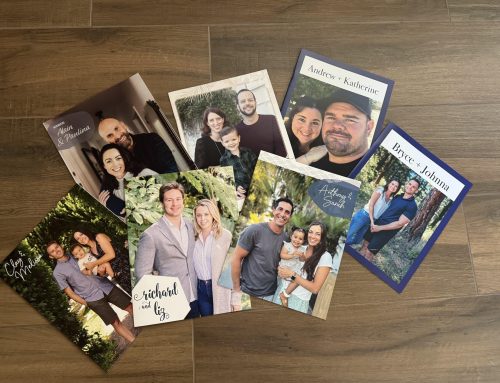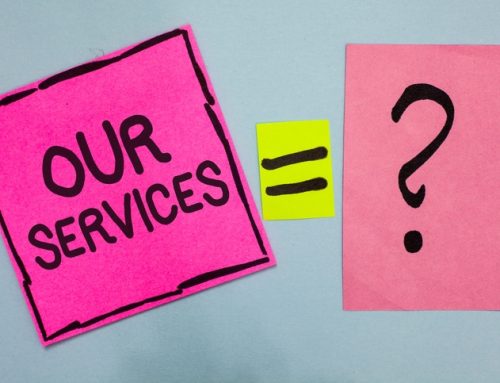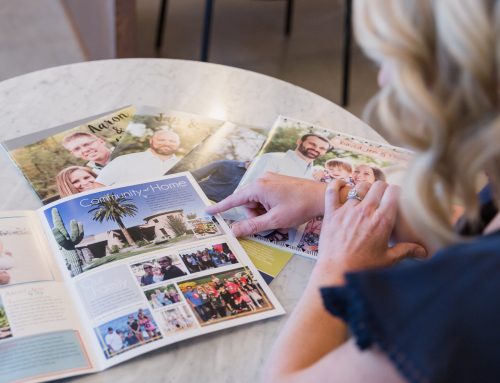
One of the things that I like least about the domestic infant adoption process is that prospective adoptive parents are basically saying yes or no to a child. Most people outside the adoption community might not realize that prospective adoptive parents basically set their “adoption preferences” and decide what types of adoption opportunities they want to see and have the opportunity to “present” to.
Typically Adoption Professionals prepare some type of summary about the adoption opportunity, including a basic summary about the expectant child: the due date, race, gender (if known), medical background, whether there has been prenatal care, whether there has been any drug or alcohol exposure in utero, and whether there are any anticipated special needs. This summary also typically includes the background on the reasons the expectant parent or parents are choosing adoption for their child, and can include a self-reported “social-medical” form where the expectant parent choosing adoption self-reports their health and social background. The summary also usually says what type of contact and openness the expectant family desires with the adoptive family, along with the type of family they want for their child. Then, a prospective adoptive parent typically chooses whether to be presented to that expectant family, basically committing to adopt the child if they are chosen and the expectant family decides to go through with the adoption plan. That “presentation” is typically done through a family profile. Some adoption professionals prefer to just understand the preferences of the prospective adoptive parents, and then handle the matching process without the prospective adoptive parent’s specific approval on each adoption opportunity. But no matter how you do it, it is awkward.
Now I realize that these choices also take place outside of the adoption process, they are actually very common in fertility as well. We were strongly encouraged by our fertility doctor before our IVF cycles to genetically test the embryos we extracted, something that didn’t end up having to make a decision on since we only ended up with one poor quality embryo in two rounds of IVF. That genetic testing was encouraged for us to determine the best embryos to transfer to have the best chance at resulting in a healthy pregnancy and a healthy child. In fact, genetic testing through most fertility doctors would have resulted in the destruction of what was considered an abnormal embryo (including the embryos of babies with an extra chromosome). I was so glad that I didn’t have to make that decision on genetic testing, as it just felt so uncomfortable to have known that I might have been intentionally destroying an embryo of my baby with Downs Syndrome. Most families doing IVF also know if they are transferring a boy or a girl embryo. But, in my opinion, having these choices at all is still awkward.
Now, I admittedly don’t have a better suggestion for the adoption process. I don’t have a problem with families limiting their preferences on race, as transracial adoption is an added layer of complication that every prospective adoptive parent who is open to it should research thoroughly and be prepared for. No matter what we want to believe about ourselves and our society, love is not enough, and love is not color blind. Transracial adoptee Torie DiMartile of Wreckage and Wonder wrote an eye-opening piece awhile back for me about what adoptive parents should do for their child to make the circumstances better for a transracial adoptee. Not all of these things are possible for every family, so I understand limiting the race of the child you’re open to. However, I do wish the dialogue around this shifted and was looked at more from the perspective of the adoptee – am I the best fit for this child, can I give her what she needs to grow up as whole as possible? Rather than – is this the best child for our family? Or will this child fit into our family and “look like us”? I also know not all families are prepared for special needs, but families typically don’t get to say yes or no to special needs when the child comes biologically, right? No matter what – this process is awkward.
I often see and sometimes work with families that are gender specific in their adoption. While it still feels awkward to me to control that too, I don’t have a problem with it, but I do think it is important for prospective adoptive families to really understand how this could impact their adoption journey. Being gender specific doesn’t just limit you to 50% of the adoption opportunities out there. It probably limits you to closer to 25%, as many expectant parents don’t know the gender of the expectant child when they are matched with a prospective adoptive family.
So, I would just encourage prospective adoptive parents to do their homework about adoption preferences and the particular effects of certain preferences on their adoption journeys. On my next post, I’ll give you some resources to help you assess your preferences from the perspective of drug and alcohol exposure in utero and medical conditions. Then just settle in and get ready for the awkwardness…

One of the things that I like least about the domestic infant adoption process is that prospective adoptive parents are basically saying yes or no to a child. Most people outside the adoption community might not realize that prospective adoptive parents basically set their “adoption preferences” and decide what types of adoption opportunities they want to see and have the opportunity to “present” to.
Typically Adoption Professionals prepare some type of summary about the adoption opportunity, including a basic summary about the expectant child: the due date, race, gender (if known), medical background, whether there has been prenatal care, whether there has been any drug or alcohol exposure in utero, and whether there are any anticipated special needs. This summary also typically includes the background on the reasons the expectant parent or parents are choosing adoption for their child, and can include a self-reported “social-medical” form where the expectant parent choosing adoption self-reports their health and social background. The summary also usually says what type of contact and openness the expectant family desires with the adoptive family, along with the type of family they want for their child. Then, a prospective adoptive parent typically chooses whether to be presented to that expectant family, basically committing to adopt the child if they are chosen and the expectant family decides to go through with the adoption plan. That “presentation” is typically done through a family profile. Some adoption professionals prefer to just understand the preferences of the prospective adoptive parents, and then handle the matching process without the prospective adoptive parent’s specific approval on each adoption opportunity. But no matter how you do it, it is awkward.
Now I realize that these choices also take place outside of the adoption process, they are actually very common in fertility as well. We were strongly encouraged by our fertility doctor before our IVF cycles to genetically test the embryos we extracted, something that didn’t end up having to make a decision on since we only ended up with one poor quality embryo in two rounds of IVF. That genetic testing was encouraged for us to determine the best embryos to transfer to have the best chance at resulting in a healthy pregnancy and a healthy child. In fact, genetic testing through most fertility doctors would have resulted in the destruction of what was considered an abnormal embryo (including the embryos of babies with an extra chromosome). I was so glad that I didn’t have to make that decision on genetic testing, as it just felt so uncomfortable to have known that I might have been intentionally destroying an embryo of my baby with Downs Syndrome. Most families doing IVF also know if they are transferring a boy or a girl embryo. But, in my opinion, having these choices at all is still awkward.
Now, I admittedly don’t have a better suggestion for the adoption process. I don’t have a problem with families limiting their preferences on race, as transracial adoption is an added layer of complication that every prospective adoptive parent who is open to it should research thoroughly and be prepared for. No matter what we want to believe about ourselves and our society, love is not enough, and love is not color blind. Transracial adoptee Torie DiMartile of Wreckage and Wonder wrote an eye-opening piece awhile back for me about what adoptive parents should do for their child to make the circumstances better for a transracial adoptee. Not all of these things are possible for every family, so I understand limiting the race of the child you’re open to. However, I do wish the dialogue around this shifted and was looked at more from the perspective of the adoptee – am I the best fit for this child, can I give her what she needs to grow up as whole as possible? Rather than – is this the best child for our family? Or will this child fit into our family and “look like us”? I also know not all families are prepared for special needs, but families typically don’t get to say yes or no to special needs when the child comes biologically, right? No matter what – this process is awkward.
I often see and sometimes work with families that are gender specific in their adoption. While it still feels awkward to me to control that too, I don’t have a problem with it, but I do think it is important for prospective adoptive families to really understand how this could impact their adoption journey. Being gender specific doesn’t just limit you to 50% of the adoption opportunities out there. It probably limits you to closer to 25%, as many expectant parents don’t know the gender of the expectant child when they are matched with a prospective adoptive family.
So, I would just encourage prospective adoptive parents to do their homework about adoption preferences and the particular effects of certain preferences on their adoption journeys. On my next post, I’ll give you some resources to help you assess your preferences from the perspective of drug and alcohol exposure in utero and medical conditions. Then just settle in and get ready for the awkwardness…



